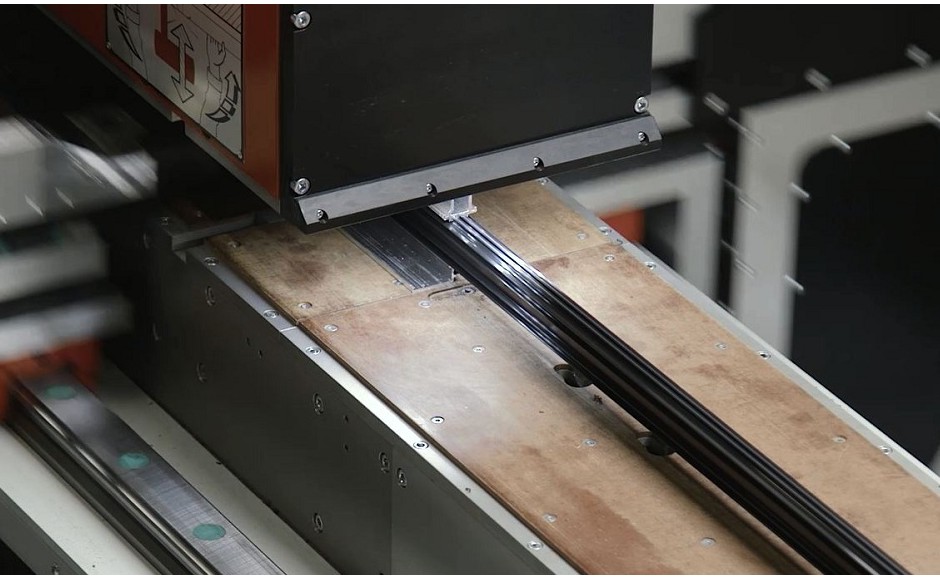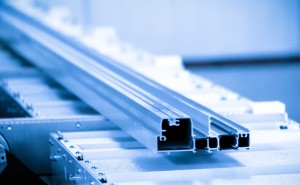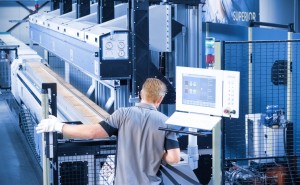There are various types of polyamide. You find it in sportswear and lingerie and also in all kinds of automobile components and industrial applications. This plastic is also one of the possibilities for significantly improving the insulating capability of aluminium window profiles.

Polyamide transforms aluminium window profiles into outstanding insulators
In addition to wood and PVC, aluminium is by far the most widely used material for window profiles. The major downside to aluminium is its lower thermal insulation. The solution to this was found a few decades ago in the addition of a thermal barrier. This is a low thermal conductivity element that is inserted between the inside and outside of the aluminium profile. This insulation layer ensures a drastic reduction in the transmission of heat.
This insulating layer can take several forms, e.g. ABS, Noryl or PVC. A fourth possibility is polyamide (also known as PA). This is a high quality plastic that is manufactured from benzene in specialised factories. Polyamide shares a number of advantages with aluminium (wear resistance, 100% recyclable, etc.) but also adds some more.
The two aluminium extrusions are separated from each other by the polyamide strips. This allows the inside and outside of these types of profiles to have different colours. In addition, polyamide has a very good dimensional stability owing to its extremely small expansion coefficient. Polyamide is specifically resistant to very high and very low temperatures. The insertion of the strips therefore has no effect on the structural strength and durability of your window profiles. All this ensures that thermal break profiles offer almost unlimited possibilities in terms of aesthetics and design.
A last and even more important, additional advantage of polyamide is the excellent thermal insulation. While aluminium scores much less well than wood and PVC in that area, it performs at least as well in terms of Uf value thanks to the polyamide strips (which insulate 500x better than aluminium).
3-in-1 solution
The production of thermal break profiles is mostly done in three steps: ‘knurling’, ‘strip insertion’ and ‘crimping’. Each step is done with a separate machine. Aluro however, has a 3-in-1-solution. The Aluroller EVO performs the 3 steps in one smooth motion, which not only benefits the speed and hence time gain but also guarantees excellent quality.
Thermal break profiles with polyamide strips are therefore a logical choice. They not only contribute to your living comfort, but also to your health (condensation and mould have no chance). And last but not least, they again help prevent demands on your purse every month because of soaring energy costs.
- Peter De Roovere



Leave a comment